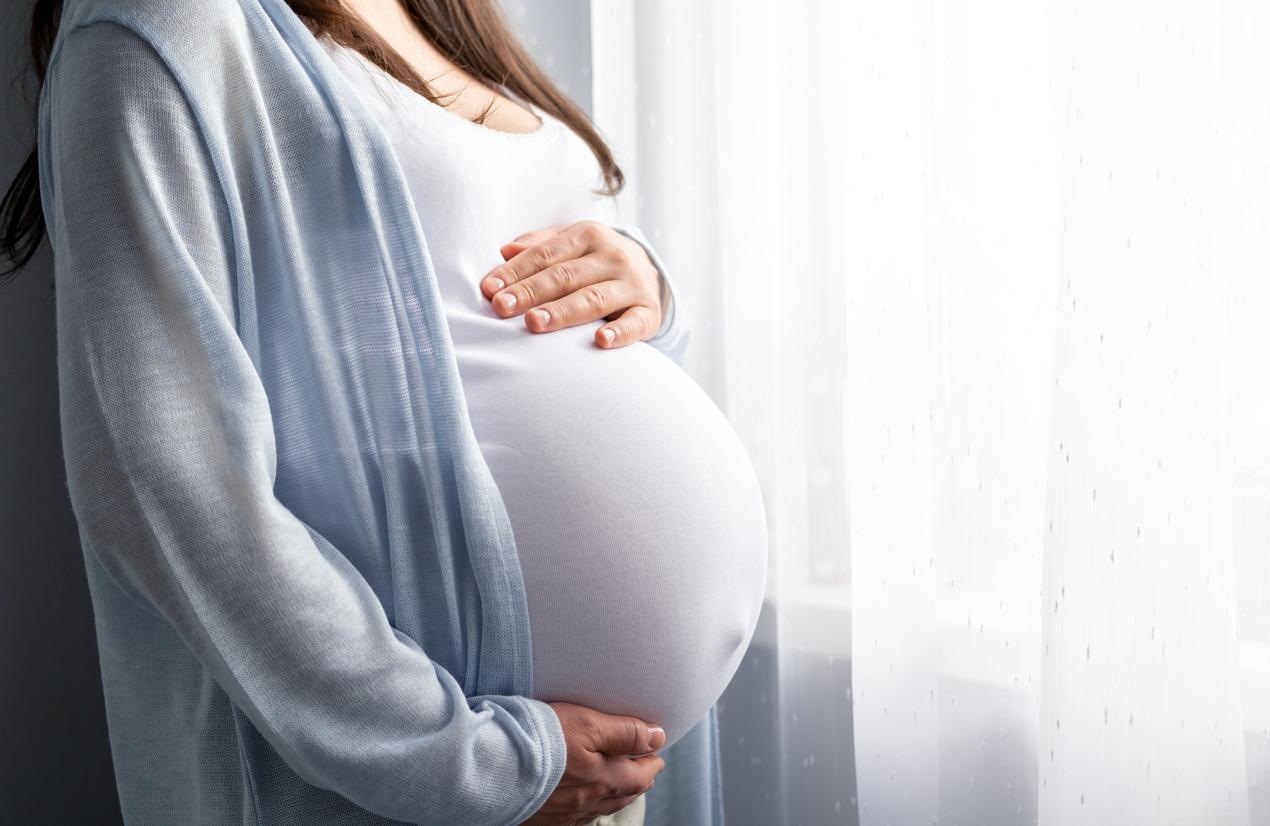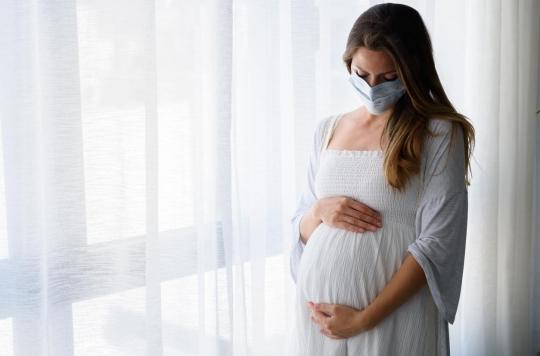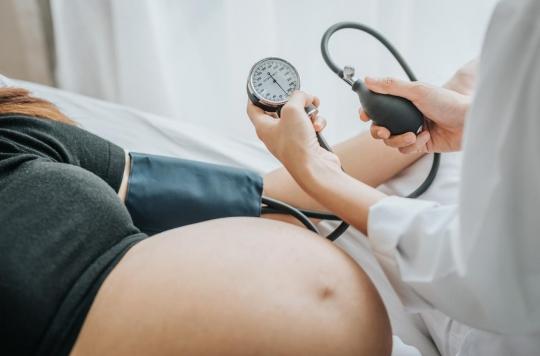35% of women with gestational diabetes escape selective screening. Specialists advocate universal screening.

In France, screening for gestational diabetes follows a selective method based on several criteria. It is intended for women with a body mass index (BMI) greater than or equal to 25 kg / m2, an age greater than or equal to 35 years, a family history of diabetes, a personal history of gestational diabetes or having given birth to a macrosome child. But this selective screening would let women slip through the cracks … Almost a third of cases according to a French team from the Jean Verdier hospital in Bondy.
Doctors evaluated the selection criteria on more than 18,000 women who gave birth between 2002 and 2010 and who had been systematically screened in their department. However, they noticed that a significant number of women who did not present the predictive criteria such as a BMI greater than 25 kg / m2, could present complications during their pregnancy such as pre-eclampsia, macrosomia and shoulder dystocia. .
“The frequency of these events reached 8.8% in the absence of gestational diabetes and risk factors, 11.1% in the absence of gestational diabetes but in the presence of a risk factor, 16.7% in presence of gestational diabetes and in the absence of risk factors and 18.2% in the presence of both ”, underlines Professor Emmanuel Cosson, diabetologist at the Jean Verdier hospital in Bondy.
“Likewise, women with gestational diabetes and at least one risk factor had higher rates of pre-delivery hospitalization, with no interaction between the risk factor and gestational diabetes. “
This study confirms that the selective screening practiced in France makes it possible to select patients at high risk of gestational diabetes and those who will present the most events associated with gestational diabetes. However, Professor Cosson and his colleagues consider these diagnostic and prognostic factors “inappropriate” since they miss 34.7% of women with gestational diabetes despite the absence of risk factor.
In addition, these women, despite being treated, also presented more events related to gestational diabetes than non-diabetic women. “They might have developed more complications if they had not been diagnosed or treated,” say the authors.
The specialists thus plead for the adoption of a universal screening. Otherwise, they propose to review the risk criteria. They therefore suggest taking ethnic origin into account because compared to women of European origin, women from North Africa, Pakistan, India or Sri Lanka appeared to be at greater risk of gestational diabetes. And they also advocate lowering the risk thresholds for both age and BMI.
Mathias Germain
Gestational diabetes
Excessive weight gain during pregnancy, sugar in the urine, higher than normal fasting blood sugar, these signs can herald gestational diabetes, a risk factor for type 2 diabetes for mothers. Studies show that the disease needs to be properly treated to avoid complications.
This gestational diabetes can be temporary and regress after childbirth or it can reveal type 2 diabetes. This disease affects 3 to 9% of women expecting a child. Not very precise statistics which underline a disparate management of this diabetes.
During pregnancy, insulin and carbohydrate requirements are greater. However, women who already have a low level of insulin resistance or a high risk of type 2 diabetes can develop diabetes while being pregnant. A disease that is still insufficiently detected and taken care of in maternity hospitals. Yet it puts the baby and mother at risk during and after childbirth. The overweight of the newborn (more than 4 kg at birth) can first of all cause complications during childbirth: cesarean section, broken collarbone or displacement of the baby’s shoulder. The number of “jaundices” and perinatal deaths is also higher than the average, finally large newborns have an additional risk of developing type 2 diabetes or obesity in their future life.
The women concerned benefiting from an adapted treatment with personalized dietary advice, injections of insulin if necessary, and monitoring three times a day of the glycemia, have less risk of giving birth to a big baby.
In addition, three months after giving birth, they suffer less from depression or anxiety and their general quality of life is much better than that of mothers who had not received specific care for their gestational diabetes. Treatment of gestational diabetes therefore effectively reduces perinatal complications. It could also be very helpful in preventing type 2 diabetes for moms and their children.
Preeclampsia
Pre-eclampsia is defined by blood pressure greater than 140/90 mmHg and proteinuria greater than 300 mg / 24 h or a cross on the strip, occurring after 20 weeks. By determining the risk of pre-eclampsia as early as possible, the doctor can establish an adapted antenatal consultation program. Whenever blood pressure is measured during pregnancy, a urine sample should be collected for proteinuria.
In women at risk and in the absence of a personal history of preeclampsia, no preventive measure is effective. Pregnant women should be aware of the symptoms of preeclampsia and be able to recognize them: headaches, visual disturbances such as blurred vision or lightning, tinnitus, epigastric pain, vomiting, sudden edema of the face, hands and feet, sudden weight gain.
.















